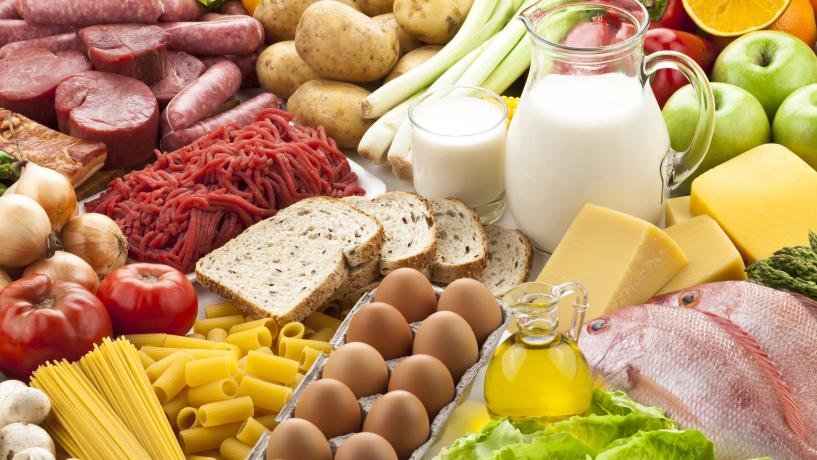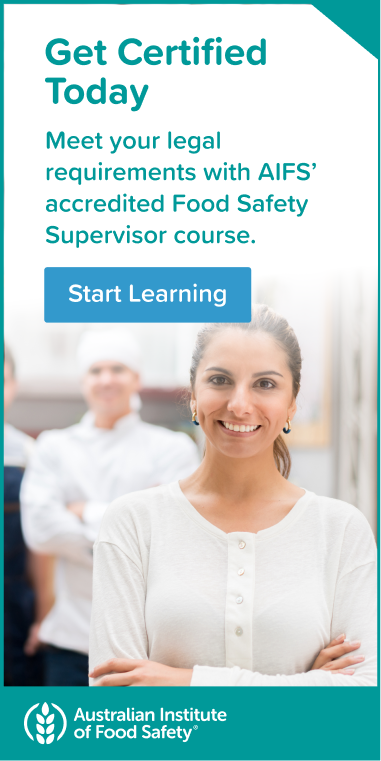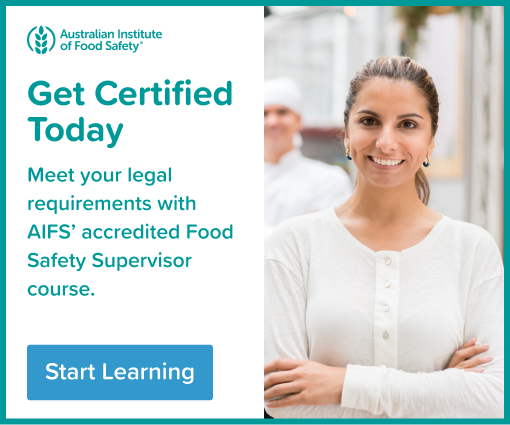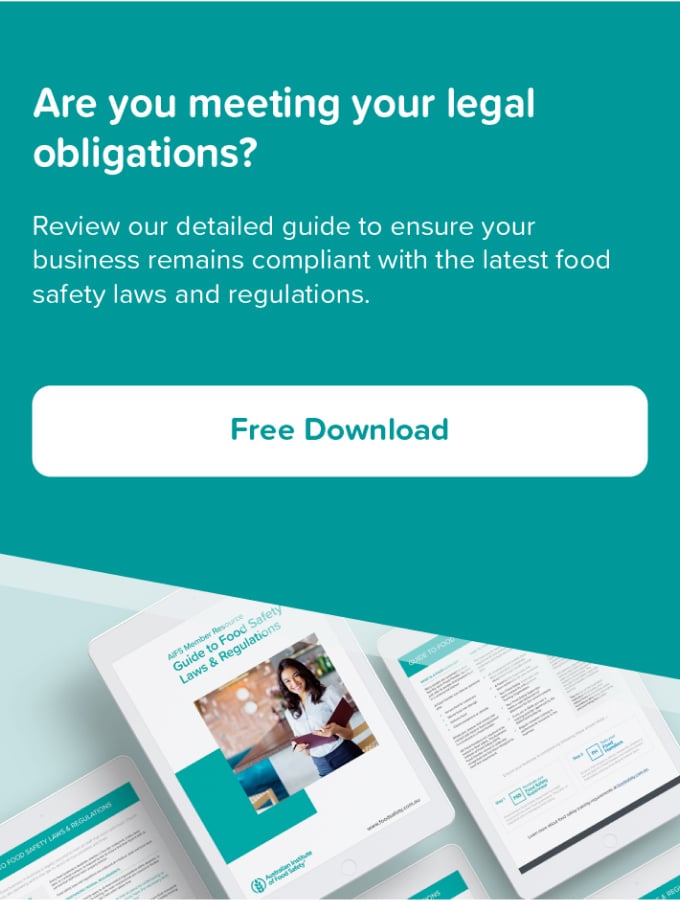
High-risk foods, also called potentially hazardous foods, are foods that are more likely to harbour dangerous bacteria and other disease-causing pathogens. High-risk foods must be kept within a certain temperature range to minimise bacterial growth or the formation of toxins that can cause food poisoning.
What makes some foods riskier than others?
Foods that are considered high-risk have certain characteristics that support the growth of pathogenic microorganisms.
These characteristics include:
- neutral acidity (pH over 4.5 or “mild acids”)
- nutrients (high in starch or protein)
- moisture
If the combination of these factors creates a favourable environment for dangerous germs and food is not kept under temperature control, they can grow and produce toxins that can cause food poisoning.
While the formation of toxins is generally associated with pathogens, it can also result from decomposition. For example, the amino acid histidine, which is present in fish muscle, can be broken down by some bacteria to form a food-borne toxin called histamine if the fish are not refrigerated shortly after catching.
Guide to Food Safety Laws & Regulations
Examples of high-risk foods
Examples of high-risk foods include:
- meat and poultry (cooked or raw)
- eggs (cooked or raw)
- dairy products
- seafood
- prepared fruits and vegetables
- unpasteurised juices
- cooked rice, fresh or cooked pasta
- foods that contain any of the above
Raw vegetables and fruit can also harbour disease-causing microorganisms, especially if they won’t be cooked before eating (e.g. sprouts, rockmelon). Fruits and vegetables can become contaminated if they come into contact with contaminated water, surfaces or equipment; contaminated food; pests; or Food Handlers who are sick or have dirty hands.
Bacteria in high-risk foods
The temperature range in which bacteria thrive is 5°C – 60°C, which is why it’s called the Temperature Danger Zone. Bacteria are among the fastest reproducing organisms in the world, doubling every four to 20 minutes.
After four hours in the Temperature Danger Zone, the number of bacteria or bacterial toxins that could be present in contaminated food is far too high for someone to consume it safely. In some cases, even a small amount of bacteria can cause an infection, depending on the type of bacteria and the health of the person who ingests it.
Some bacteria can also form spores — which is like a protective shell — that protect them from high temperatures and other unfavourable conditions, while others produce heat-resistant toxins that can cause food poisoning even after the bacteria is destroyed by the cooking process.
To minimise the risk of food-borne illness from bacterial infections, time and temperature control are key.
Low-risk foods
The list of high-risk foods isn’t a short one, but thankfully there are still some low-risk foods that don’t support the growth of disease-causing microorganisms, either because their natural state is inhospitable to bacteria (e.g. naturally acidic foods), or because they have been processed in a way that minimises microbial growth (e.g. dried, salted, acidified).
Chemical additives (e.g. sulphites, nitrites) and some specialised packaging can also help to minimise microbial growth in food. Examples of foods that are not considered to be low-risk include:
- biscuits and crackers
- plain breads and bread rolls
- bottled marinades / pasta sauces / salsa
- confectionary, dried fruit
- salted dried meats
- honey, jam, peanut butter
- pickles, salad dressings, sauces (e.g. soy sauce, ketchup)
- dry goods*
- yoghurt
It’s important to remember that any food, even if it is not typically considered high-risk (or “potentially hazardous”), can be a food safety hazard. Viruses, such as Norovirus and Hepatitis A, and other pathogenic microorganisms may not grow in food, but they can contaminate them and cause food-borne illness just as effectively as bacteria (in some cases, more so).
*When you add water to dehydrated or dry goods, such as uncooked rice, you add the missing ingredient that bacteria need to grow. This means that dried foods become high-risk foods once water is added, so it’s important to keep them out of the Temperature Danger Zone after cooking.
Viruses and parasites
Other pathogenic microorganisms, like viruses or parasites, don’t grow in food but they can contaminate it; once they are ingested by a person (or animal), they use live cells to increase in number or size.
Eating undercooked meat products is the most common route of parasitic infection, but people can also get parasites from contaminated water (or any food that has been washed in contaminated water), or through cross-contamination. Cooking is the most effective way to control the spread of parasites, so it’s important to know the safe cooking temperatures for the type of food you’re preparing.
Viruses enter the body through the intestinal tract; the most common route of infection is through contact with human hands, which is why hand washing is so important. Other routes of infection include:
- contaminated water
- food washed in contaminated water or seafood (e.g. shellfish) that has been exposed to it
- cross-contamination
Norovirus is one of the most common causes of food-borne gastroenteritis and hospitalisations in Australia. The best way to control the spread of viruses like Norovirus is through hand washing, good personal hygiene and food safety training.
Contact AIFS to find out more about food safety training options near you, or click here to learn about food safety best practices.






